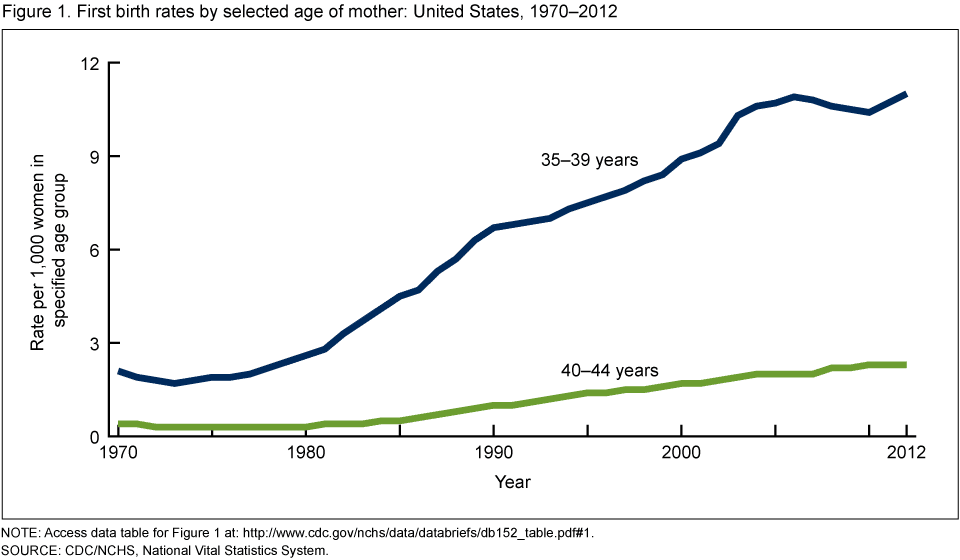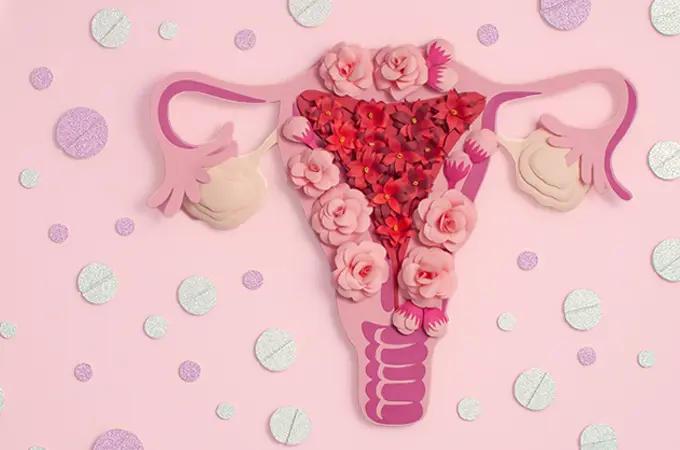In vitro fertilization (IVF) has made it possible for millions of men and women to achieve their dreams of parenthood. With this increasingly effective form of fertility treatment, many patients are asking, “what options do I have for my excess frozen embryos? Is embryo donation an option?”
Recently, Shady Grove Fertility reproductive endocrinologist and Medical Director, Eric A. Widra, M.D., was interviewed by Vox for a deep dive into the world of embryo donation, examining the benefits, the potential risks, and the political influences that have played a role in the increased number of couples utilizing donated embryos as a means of becoming parents, as well as the couples who are donating their embryos.
Where is the demand for embryo donation coming from?

Embryo donation is a result of several sociocultural and technological changes finally connecting. According to the Centers for Disease Control and Prevention (CDC), 12 percent of women 15 to 44 years of age will face infertility.1 Further, the steady increase in first-time mothers 35 to 44 and advancing medical techniques and procedures is leading to an increase in individuals and couples accessing fertility treatment and the use of third-party donations (egg, sperm, or embryo).2
For patients who have gone through fertility treatments, such as in vitro fertilization (IVF), and have unused high-quality embryos, they may be frozen—often to be used to try for baby number two or to try again if the previous attempt was unsuccessful. Nationally, approximately a third of IVF cycles yield extra embryos that will be frozen. Half of those will be used for reproduction but the rest remain stored.
The counterpart to patients with excess embryos are men and women who are still trying to conceive, and likely told they will need to use a sperm and/or egg donor. In some cases, the cost of this treatment may limit who is able to access care. Embryo donation opens up new options for these patients.
What can patients do with excess embryos? Is embryo donation the only choice?
According to Dr. Widra, “There’s a significant number of people struggling with what to do with their embryos, and the ones struggling could be better served with the option to donate.”
For these couples who have embryos stored, many say they would like to donate them to others who are facing similar fertility struggles. However, embryo donation is just one of a few options for patients who do not plan on using the embryos themselves.
- Donate to research
- Donate to another patient (embryo donation)
- Thaw and discard
Shady Grove Fertility has partnered with Embryo Options to educate patients on their options. Learn more at embryooptions.com.
Embryo Donation at Shady Grove Fertility
Earlier this year, Shady Grove Fertility launched an Embryo Donation Program as an option for current patients to donate their unused embryos.
In order to donate embryos, patients must meet the following eligibility criteria for anonymous embryo donation:
- Embryos must have been frozen January 2009 or later.
- Patients must meet age cut offs in regard to the ages at the time the embryos were created and frozen.
- Female patients: 38 or younger
- Male patients: 49 or younger
- Donors must have a minimum of two frozen embryos.
- Embryos must have been created and stored at SGF.
Barriers to Embryo Donation
Up until this year, patients at Shady Grove Fertility that were seeking to donate their remaining embryos were limited to using an external donor embryo program. With the inception of the Embryo Donation Program, patients may now seek to donate their embryos to another patient at Shady Grove Fertility.
Embryo Options and fertility specialists around the country, like Dr. Widra, are working to make the process for potential donors and recipients finding each other less complicated; such as anonymously donating embryos through the program at Shady Grove Fertility. Patients donating, and receiving, embryos are encouraged to seek legal counsel to fully understand the donation process, and for directed (known) donations, the donating and recipient couple must seek separate legal counsel.
The Future of Embryo Donation
Vox shares that the number of babies born from embryo donation will likely continue to rise due to the trends of people aging out of natural reproduction and the programs making matches between donor and recipient getting better at what they do.
Shady Grove Fertility recognizes how important this issue is for building families and guarantees a commitment to our patients on both sides. Click here to learn more about donating your embryos at Shady Grove Fertility. To schedule a new patient appointment, please call our New Patient Center at 877-971-7755.
References:
- “Infertility | Reproductive Health | CDC”. Cdc.gov. Centers for Disease Control and Prevention, 2016. Web. 19 May 2016.
- “First Births to Older Women Continue to Rise”. Cdc.gov. Centers for Disease Control and Prevention, 2015. Web. 19 May 2016.






